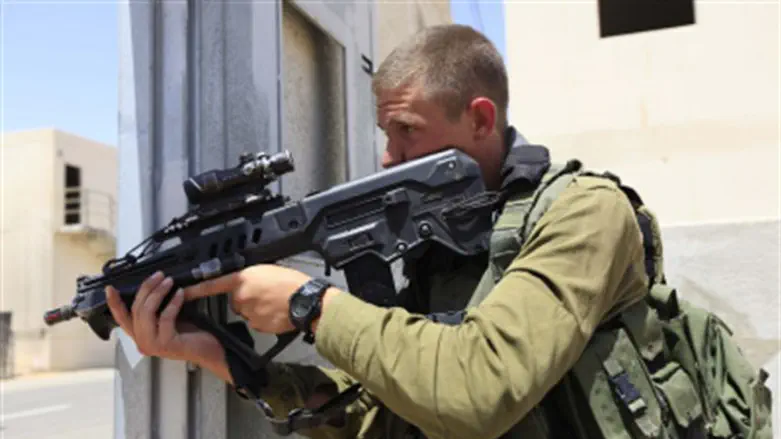
For years, the Israeli Tavor rifle has been marketed as the rifle of the future, and many of the IDF's infantry fighters proudly carried it, enthusiastic about its convenience and its futuristic look.
Israel Hayom reported that only ten years after its integration into the Israeli army, the IDF will soon begin transferring the infantry brigades that currently use Tavor and micro-Tavor to the American M4 rifles, known as "flat top" rifles.
Already in the near future, one of the infantry brigades is expected to receive the M4 rifle, after which the other regular brigades will continue in setting aside the Tavor. The Israeli rifles will not leave the IDF completely, but rather will be transferred to reserve brigades.
The reason, says the outgoing head of the land arm weapons department, Col. (Res.) Arik Avivi, is in the understanding that the wisdom of the crowds in this case prevails. "Quite a few armies in the world use this rifle, and for good reason - it's an excellent weapon."
The M4 rifle has been in use in Israel since 2001, and in the first decade of its service in the IDF was the service rifle of most infantry units, but in 2011 it was replaced in some divisions with Tavor and micro-Tavor rifles. Even today the M4 is used by special units, the commando brigade and the Tzanchanim (Paratrooper) and Kfir infantry brigades.
Simultaneously with the replacement of the rifle, the IDF is also beginning to prepare for the replacement of the hundreds of aging Hummers, which have been in service for years. There are various alternatives on the table, including the possibility of acquiring blue-and-white vehicles.
Avivi points out that Israeli vehicles are immeasurably cheaper, compared to the light vehicle that replaced the Hummer in the US - JTLV. "In the world of vehicular maneuvering we have old platforms, therefore we're starting now to consider the alternatives. We have a wide range of options - both American and Israeli. We have not yet summarized the list, but we are ripe for the decision. The vehicle will be seen for a long time to come, as the development time of combat tools takes an average of five years, and often longer."